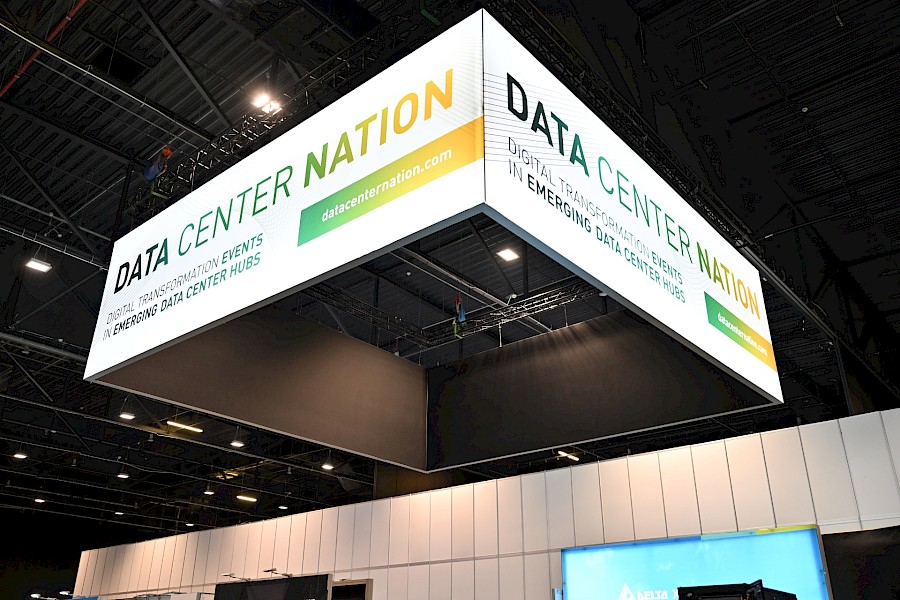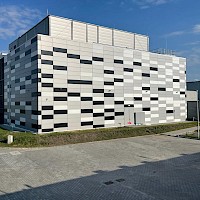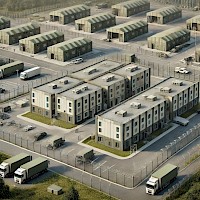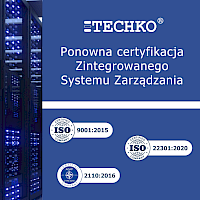
Data Center Nation 2024
The increasing use of new information technologies, such as artificial intelligence, machine learning, and edge data processing, is raising demands on the technical infrastructure of data centers, particularly in terms of power supply and ICT device cooling. The higher energy consumption of ICT devices and the need for effective cooling make it necessary to implement new technological solutions to achieve an Energy Efficiency Ratio (PUE) below 1.2 for data centers.
An "side effect" of increased energy demand for ICT devices observed in data centers is the rise in energy density in rack cabinets. From 2019 to 2021, the percentage of cabinets with a density <10 kW per rack decreased from 57% to 16%, with the greatest growth dynamics noted in cabinets with a density ranging from 20 to 29 kW, increasing from 12% to 27%1). The increase in energy density in rack cabinets is a direct result of technological progress in the construction of ICT systems. In 2011, the INTEL Xeon 2011 processor was built with 2.6 billion transistors, while in 2022, the Nvidia A100 graphics processor already has 54 billion transistors!1) Designed new systems and processors not only entail more transistors and consequently higher electricity demand but also a higher future operating temperature for these systems, reaching up to 80°C according to INTEL's declarations.
The aforementioned facts and presented trends in the development of ICT devices necessitate the widespread implementation of liquid cooling systems to meet the requirements posed by new technologies and, on the other hand, to fulfill the conditions set by sustainable development of infrastructure in terms of minimizing the negative impact on the environment. These liquid cooling systems have been successfully used for over 10 years in large HPC (High-Performance Computing) server clusters performing high-performance computations. Currently, they are increasingly applied to cool individual servers. It is worth mentioning that every reputable server manufacturer on the market has ICT devices designed for direct liquid cooling. To illustrate the efficiency of cooling by this method, water has 1000 times greater cooling capacity/efficiency than air, dissipates heat 25 times better, and requires 10 times less energy to dissipate the same amount of heat as air1).
Liquid cooling systems significantly enhance energy efficiency in data centers, allowing for a PUE index well below 1.2. Their use enables a significant extension of the time range (up to 80% throughout the year) for employing cooling that utilizes the outside air temperature.
To be continued...
Source:
1) Prof. Lee Singapore, CoolestDC, October 2023



